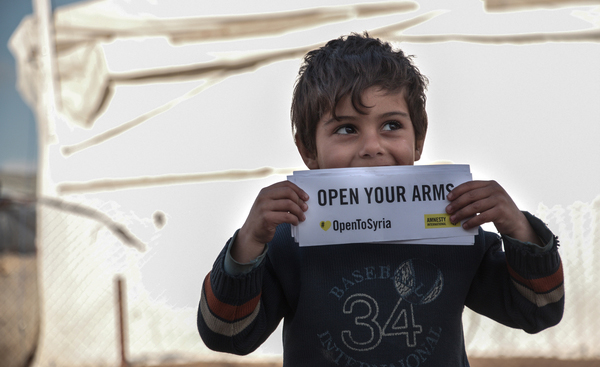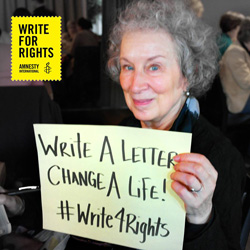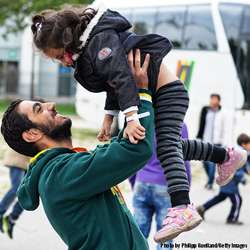Our international Index of BEST web sites. If some links don't work, try copying and pasting directly into Google. This week I recommend you visit number 60 in our list for beautiful pictures.
1.= http://www.freeChess.org </>2. = http://www.netflix.com/WiHome </>
3.= http://www.webcrawler.com/%E2%80%8E/support/addsearchtosite?qc=web&aid=c7d63d78-d17e-49d5-a735-4e642b7855ac&ridx=1 </>
4.= https://www.google.ca/?gws_rd=cr&ei=mKPmUor8O4zxrAGy44BY </>
5.= http://www.Youtube.com</>
6. = http://www.Greenpeace.org </>
7.= http://www.human4us2.blogspot.ca </>
8. = http://www.NASA.GOV</>
9. = http://www.teamsternation.com </>
10.= http://www.Ted.com</>
11.= http://ca.yahoo.com/?p=us</>
12 = http://www.Reuters.com</>
13.= http://www.ustream.tv/decoraheagles</>
14.= http://www.tour-eiffel.fr/360-panorama-paris/index-en.html</>
15.= http://www.greatwallchina.info/news/index.htm</>
16.= http://www.geographia.com/russia/moscow02.htm</>
17.= http://www.wwfindia.org/</>
18.= https://en.wikipedia.org/wiki/Italy
19.= theobservatory.nasa.gov/IOTD/view.php?id=80167&eocn=te&eoci=index</>
20.= http://www.un.org/en/</>
21. = http://storyofstuff.org/
24.= https://plus.google.com/u/0/
25.= https://www.nasa.gov/image-feature/goddard/coronal-hole-front-and-center
25.= https://www.nasa.gov/image-feature/goddard/coronal-hole-front-and-center
28.= http://www.nytimes.com/ </>
29.= http://video.canadiens.nhl.com/videocenter/console?catid=291&id=587397&lang </>
29.= http://video.canadiens.nhl.com/videocenter/console?catid=291&id=587397&lang </>
30.= http://www.iTooch.com </> 31. = http://www.Netmaths.com </> 32. = http://www.Evernote.com</>
33. = http://www.abmaths.com</> 34. = http://www.Sciences.com</> 35. =
36. = http://www.human4us2.blogspot.ca 37. = https://plus.google.com/u/0/ </>
38.= http://www.jaccorde.com</>
39.= http://www.Atlasdumonde.com </> 40.= http://www.Echecs.com </>
33. = http://www.abmaths.com</> 34. = http://www.Sciences.com</> 35. =
36. = http://www.human4us2.blogspot.ca 37. = https://plus.google.com/u/0/ </>
38.= http://www.jaccorde.com</>
39.= http://www.Atlasdumonde.com </> 40.= http://www.Echecs.com </>
41.= http://mlb.mlb.com/home </> 42.= http://www.fifa.com/worldcup/ </> 43.= http://www.nfl.com/ </>
44.= http://earthobservatory.nasa.gov/IOTD/view.php?id=83650</>
45.= http://crowdenergy.org/ocean-energy-turbine-kickstarter-video/</>
46.= http://www.human4us2.blogspot.ca - place holder
47.= http://en.wikipedia.org/wiki/Portal:Current_events </>
48.= http://www.sierraclub.org/
49.= http://eol.org/ </>
50.= http://www.seedsavers.org/onlinestore/</>
51. = https://www.youtube.com/watch?v=HiwI5k-gFwc
52.= http://www.emsl.pnnl.gov/emslweb/news/new-hypothesis-environmental-restoration.
53.= https://plus.google.com/u/0/explore/sciencenews
54.= www.drbookspan.com/
55.= https://en.wikipedia.org/wiki/Street_lighthttps://en.wikipedia.org/wiki/Street_light
56.= http://www.nova.org.au/space-time/dark-stuff-our-universe
57.= http://www.human4us2.blogspot.ca
58.= http://eol.jsc.nasa.gov/Collections/
59.= http://singularityhub.com/2015/10/18/how-aged-neurons-in-a-dish-can-accelerate-longevity-research/http://singularityhub.com/2015/10/18/how-aged-neurons-in-a-dish-can-accelerate-longevity-research/
60.= https://plus.google.com/u/0/112832872224512996909/posts
61.=http://www.openculture.com/2012/08/the_character_of_physical_law_richard_feynmans_legendary_lecture_series_at_cornell_1964.html
62.= http://hyperphysics.phy-astr.gsu.edu/hbase/hframe.html
63.= http://earthspacecircle.blogspot.ca/
44.= http://earthobservatory.nasa.gov/IOTD/view.php?id=83650</>
45.= http://crowdenergy.org/ocean-energy-turbine-kickstarter-video/</>
46.= http://www.human4us2.blogspot.ca - place holder
47.= http://en.wikipedia.org/wiki/Portal:Current_events </>
48.= http://www.sierraclub.org/
49.= http://eol.org/ </>
50.= http://www.seedsavers.org/onlinestore/</>
51. = https://www.youtube.com/watch?v=HiwI5k-gFwc
52.= http://www.emsl.pnnl.gov/emslweb/news/new-hypothesis-environmental-restoration.
53.= https://plus.google.com/u/0/explore/sciencenews
54.= www.drbookspan.com/
55.= https://en.wikipedia.org/wiki/Street_lighthttps://en.wikipedia.org/wiki/Street_light
56.= http://www.nova.org.au/space-time/dark-stuff-our-universe
57.= http://www.human4us2.blogspot.ca
58.= http://eol.jsc.nasa.gov/Collections/
59.= http://singularityhub.com/2015/10/18/how-aged-neurons-in-a-dish-can-accelerate-longevity-research/http://singularityhub.com/2015/10/18/how-aged-neurons-in-a-dish-can-accelerate-longevity-research/
60.= https://plus.google.com/u/0/112832872224512996909/posts
61.=http://www.openculture.com/2012/08/the_character_of_physical_law_richard_feynmans_legendary_lecture_series_at_cornell_1964.html
62.= http://hyperphysics.phy-astr.gsu.edu/hbase/hframe.html
63.= http://earthspacecircle.blogspot.ca/





